-

Ngā Waihotanga Iho - Iwi estuarine monitoring toolkit
Research ProjectNgā Waihotanga Iho, the estuarine monitoring toolkit for Iwi, has been developed to provide tangata whenua with tools to measure environmental changes in their estuaries. While Ngā Waihotanga Iho is based on sound science principles, it is also underpinned by tangata whenua values. -
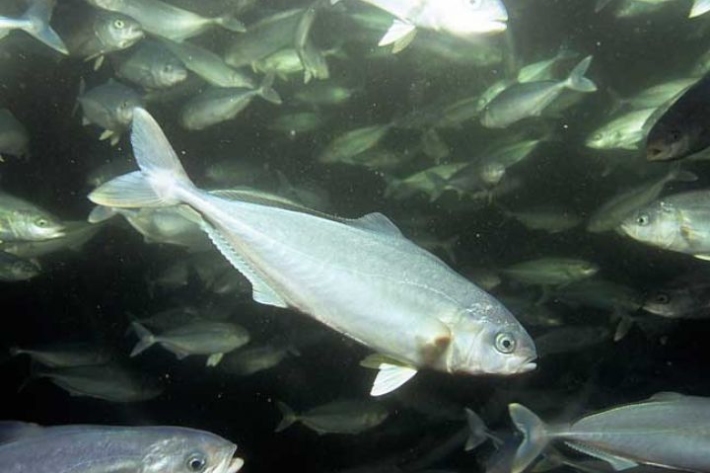
Mātauranga Māori and sustainable management of New Zealand fisheries
Research ProjectUsing a collaborative case study approach, the aim of this project is to assist tangata whenua to bring together different, yet complementary knowledge systems - distinct Māori knowledge and conventional fisheries and ecosystem information. -
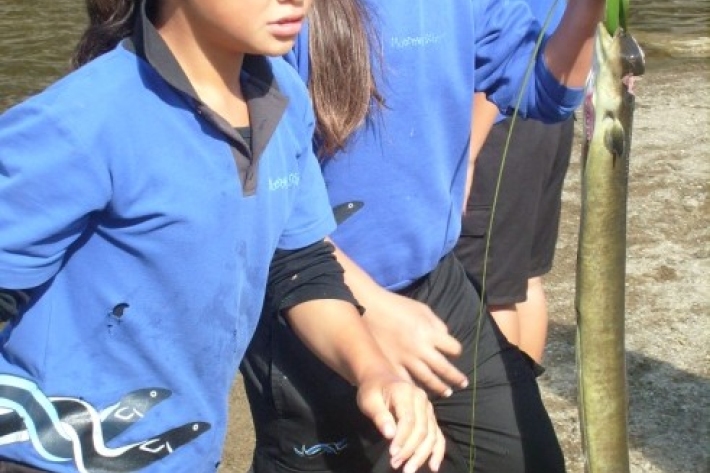
Te Kūwaha tools and resources
NIWA is constantly developing new tools and resources for use by specific stakeholders, communities, and schools. -
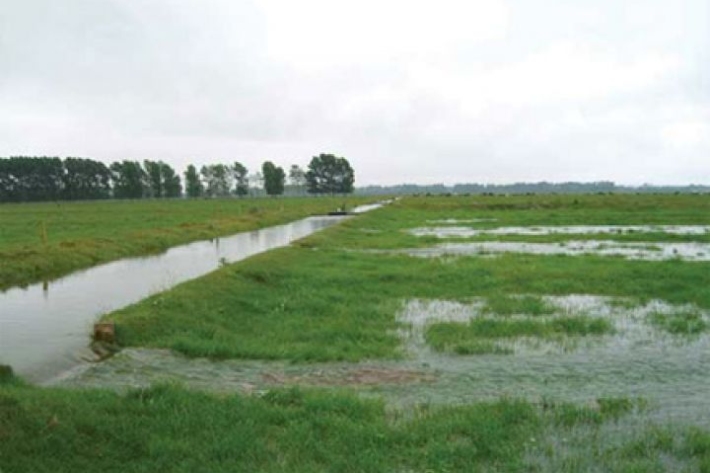
Forecasting irrigation potential: a case study in the Waimakariri River catchment
Research ProjectFarmers rely on irrigation, but water is a limited resource and little is know about how to manage it best. NIWA has developed a hydrology and soil science model to show how much to water, and when, to get the best results. -
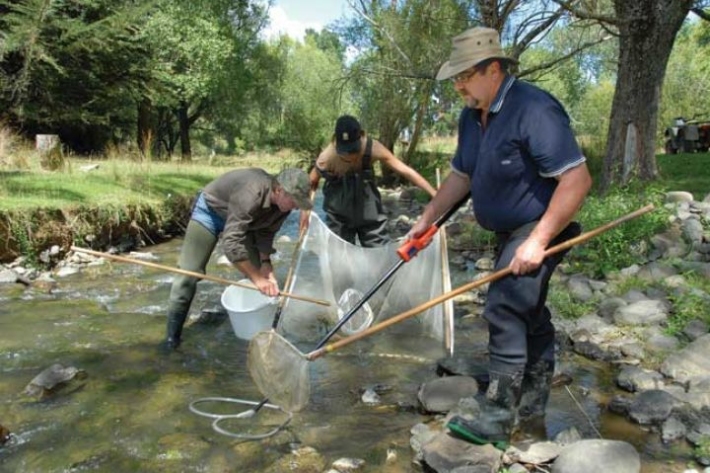
Habitat requirements of New Zealand freshwater fish
Research ProjectNew Zealand's rivers and streams, and the diverse fish that live in them, are worth protecting. But the question of which species prefer to live where was unanswered until NIWA completed this major survey. -
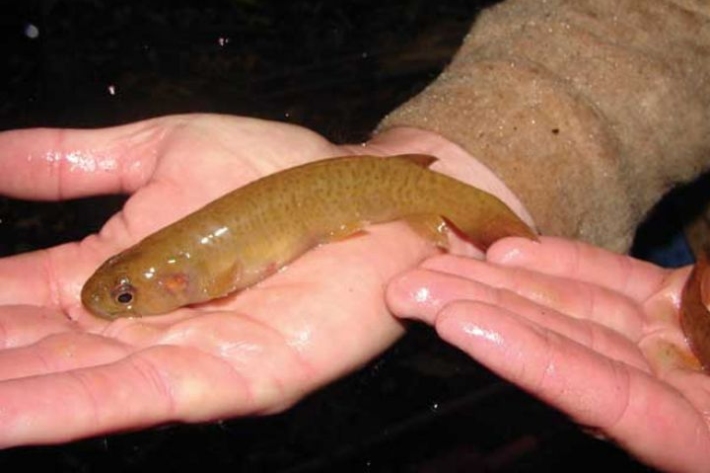
Restoring Kōaro in the Rotorua lakes
Research ProjectThe kōaro was once abundant in the Te Arawa lakes near Rotorua in New Zealand’s North Island. NIWA has assessed the viability of restoring this species in the region. -
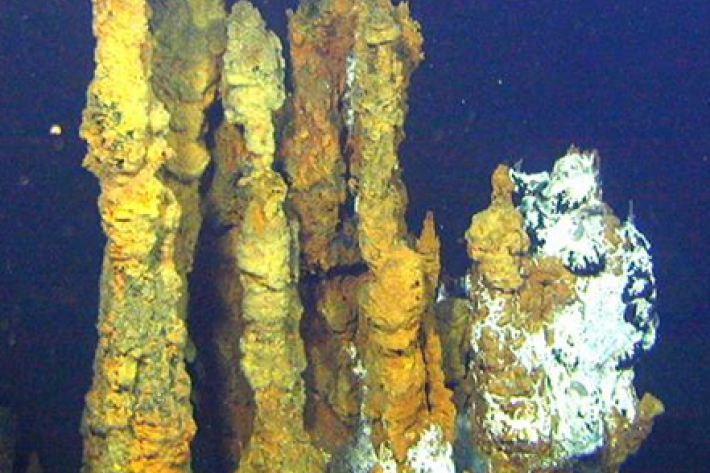
Deepsea minerals of the Kermadec Ridge
Research ProjectA survey of valuable ore deposits and ecosystems along the volcanic Kermadec Ridge north of New Zealand. -
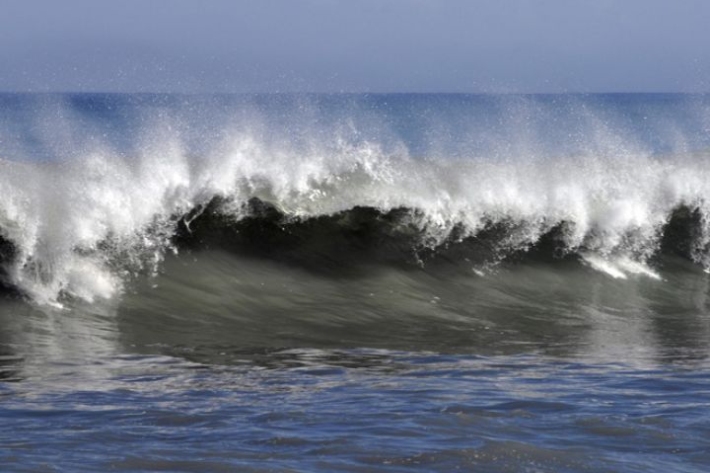
NZ SOLAS (Ocean–Atmosphere Interactions)
Research ProjectThis research aims to provide better predictions of changes in the ocean and climate system, particularly the way in which the ocean around New Zealand regulates greenhouse gases and clouds. -
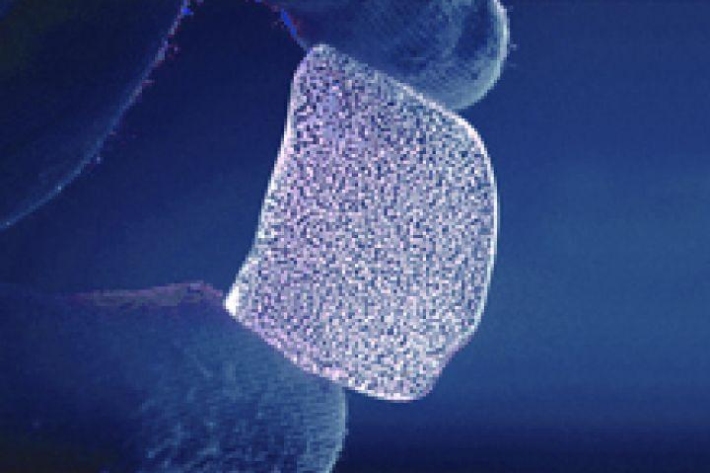
Greenhouse gases and climate sensitivity - insights from ice cores
Research ProjectBy analysing air trapped in ancient ice we can see how wetlands and permafrosts responded to warming periods in the past, and help predict what will happen in the future. -

Accessibility
We have designed this site with accessibility in mind. There is a skip to content link on each page, and we try and maintain useful document heading structure and meaningful hyperlinks. That said, there is a wide variety of content which has been loaded over many years, so some pages may work better than others. If you find any major problems or have useful suggestions please contact [email protected]. -

One-sided / Point-null test
Incomplete
Please go back and select 1 group or 2 groups
